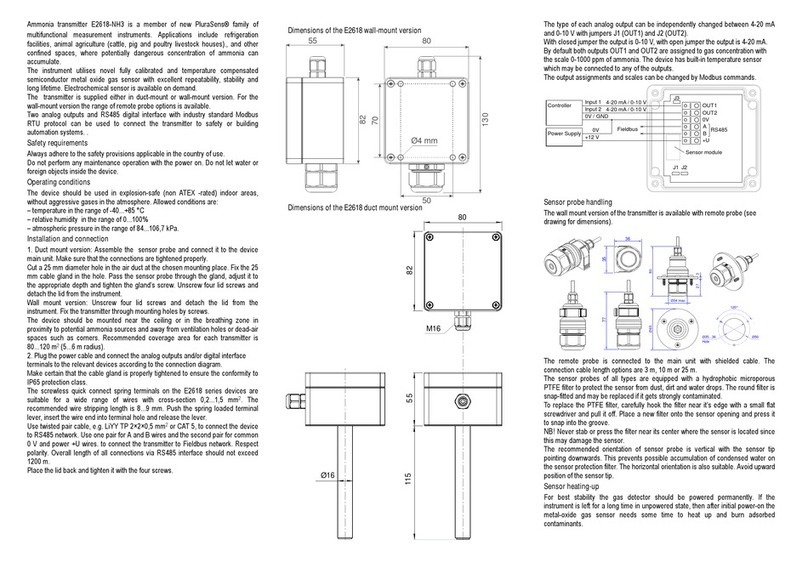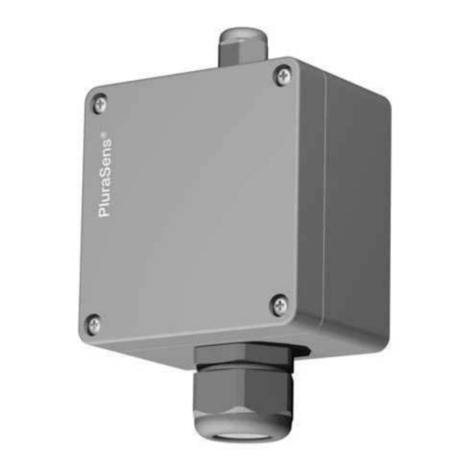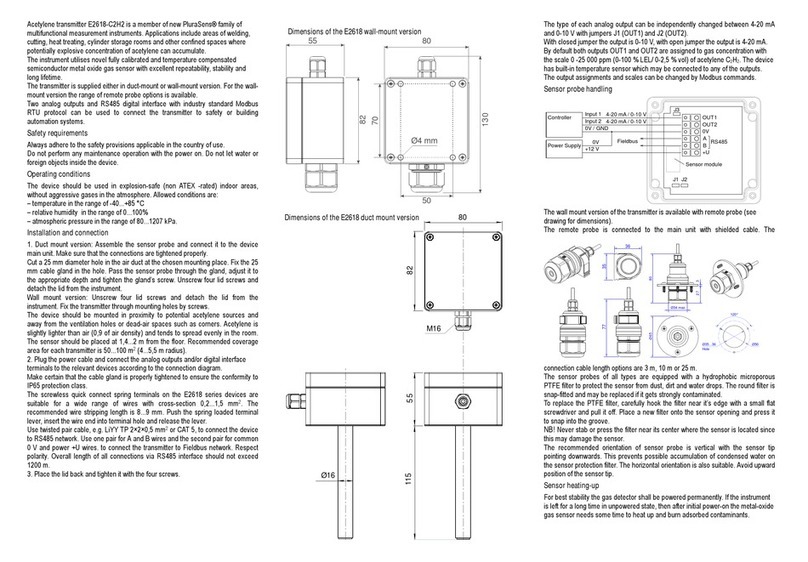Evikon E2615-NO2 User manual
Other Evikon Transmitter manuals
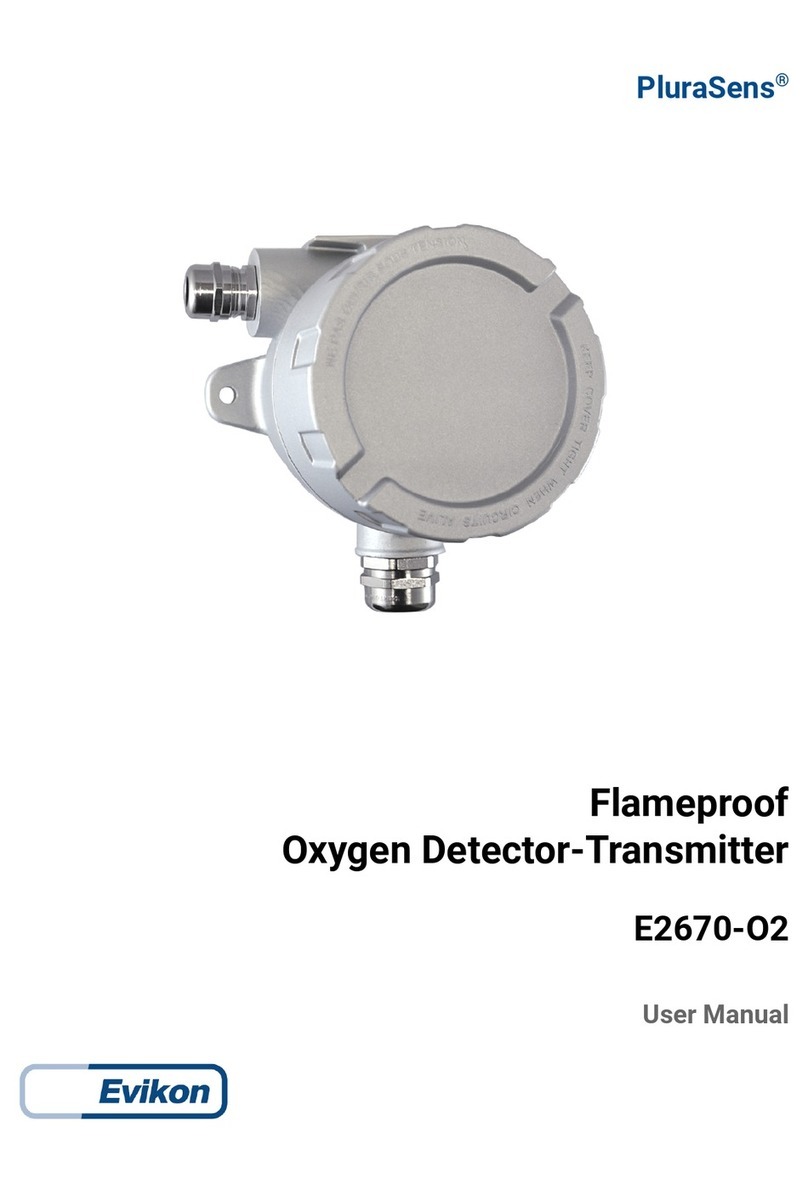
Evikon
Evikon PluraSens E2670-O2 User manual

Evikon
Evikon PluraSens E2658 Series User manual
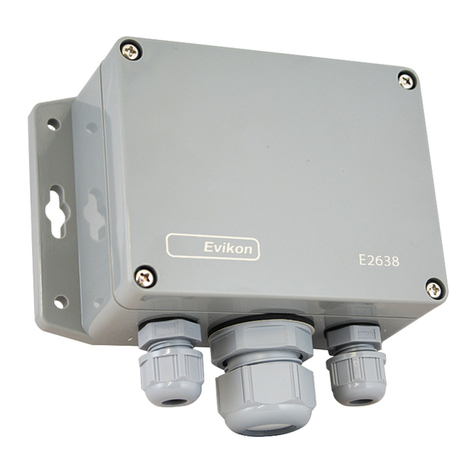
Evikon
Evikon PluraSens E2638 Series User manual
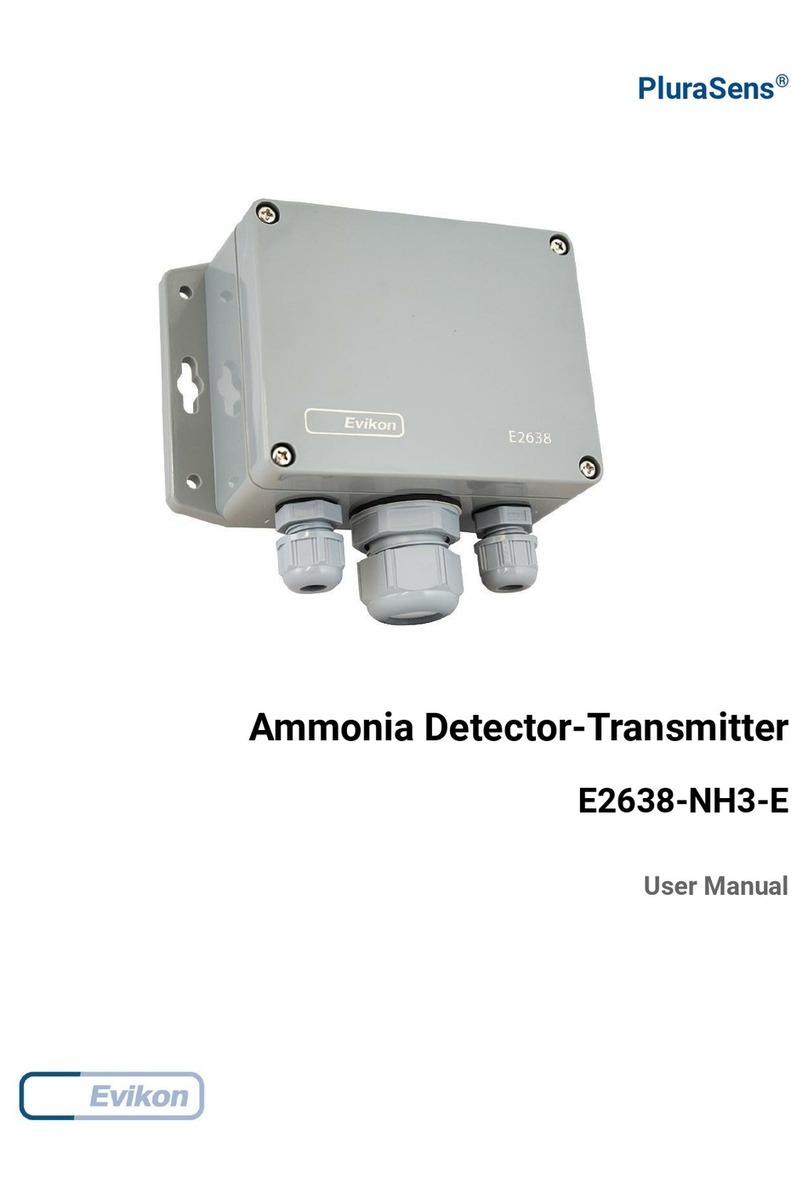
Evikon
Evikon PluraSens E2638-NH3-E User manual

Evikon
Evikon PluraSens E2638-VOC User manual

Evikon
Evikon E2618-CO User manual
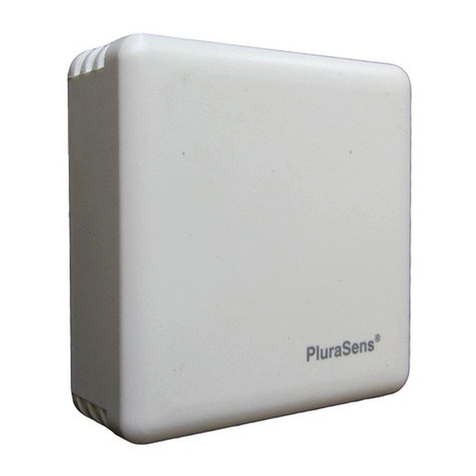
Evikon
Evikon PluraSens E2227 User manual
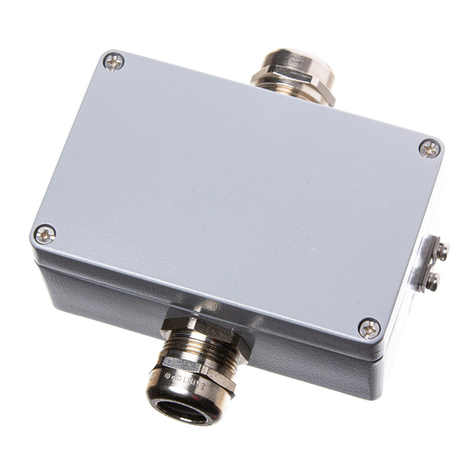
Evikon
Evikon PluraSens E2658-PID User manual

Evikon
Evikon PluraSens E2648-C2H4 User manual
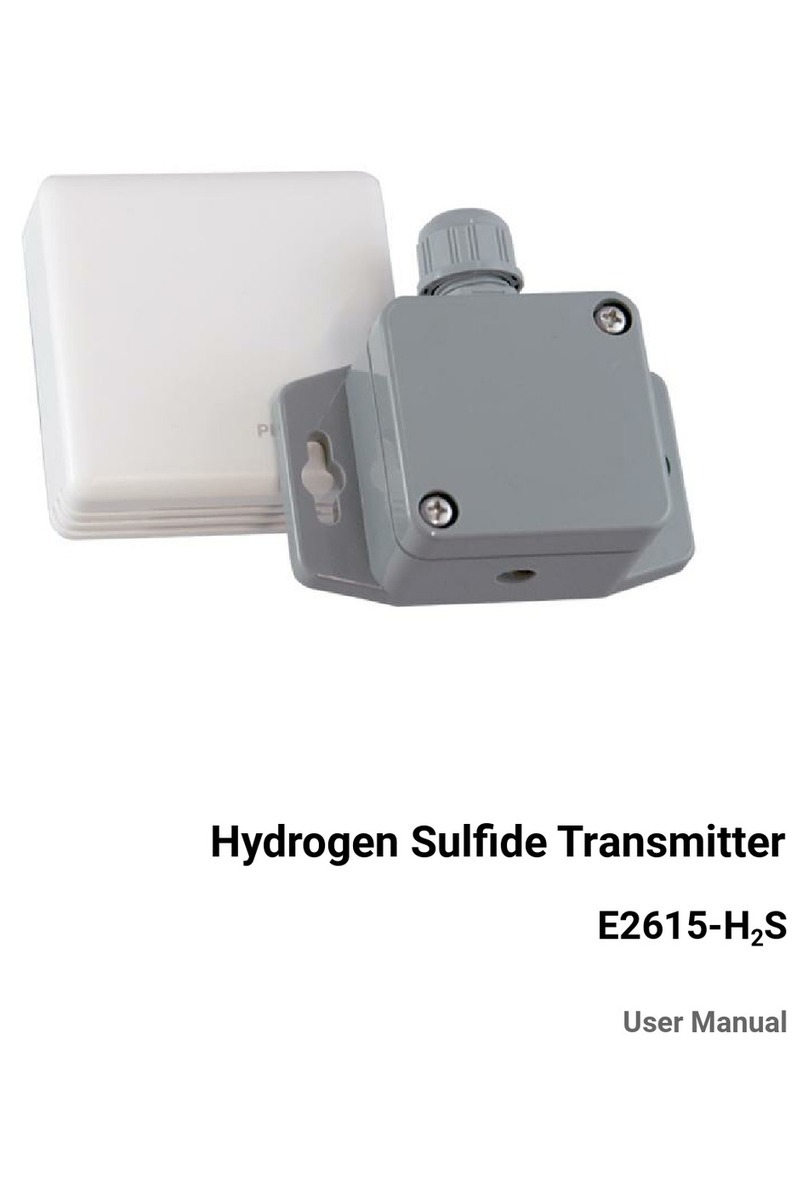
Evikon
Evikon E2615 Series User manual
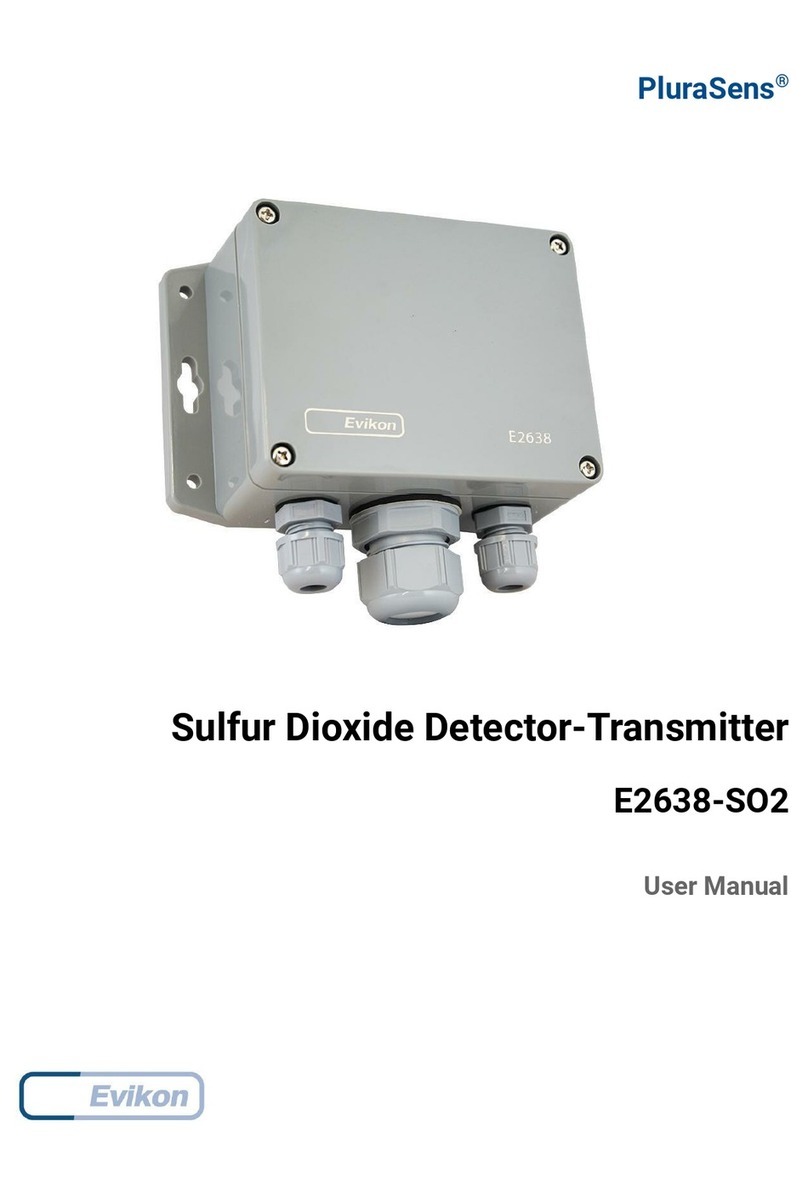
Evikon
Evikon PluraSens E2638-SO2 User manual

Evikon
Evikon PluraSens E2648-CO2 User manual
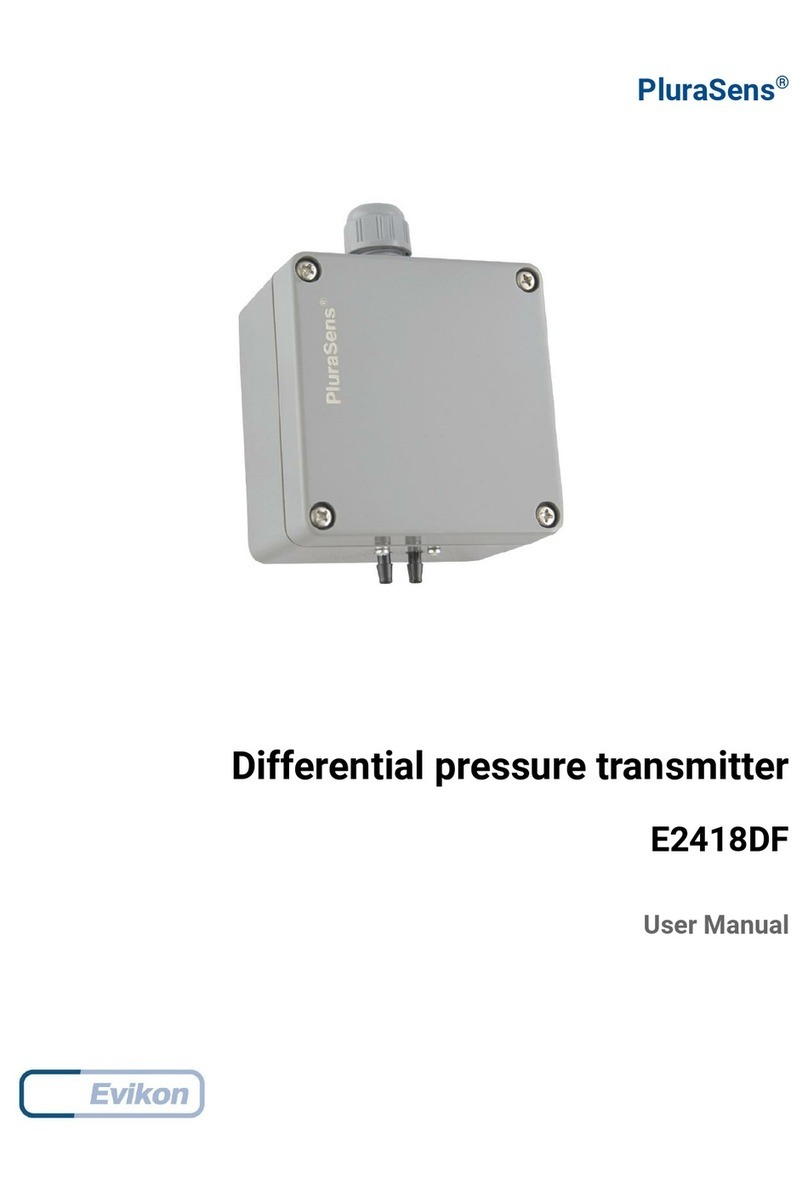
Evikon
Evikon PluraSens E2418DF User manual

Evikon
Evikon PluraSens E2638-C2H4 User manual
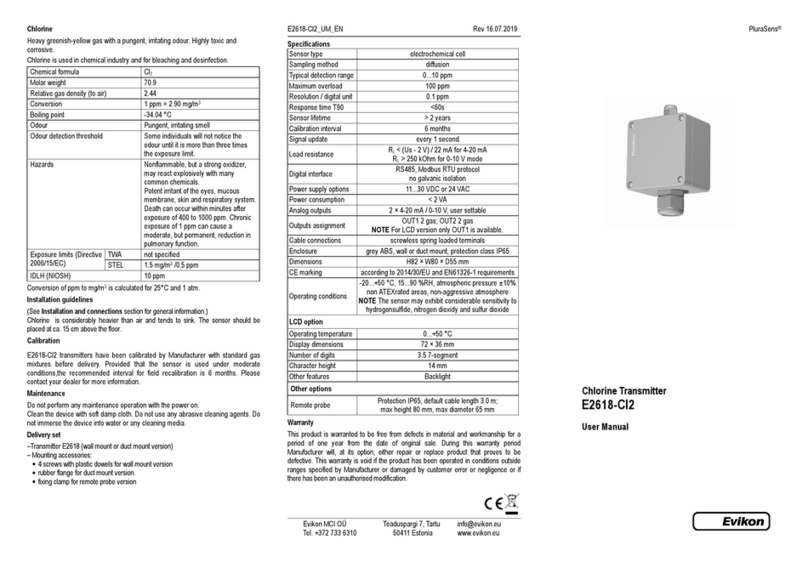
Evikon
Evikon PluraSens E2618-Cl2 User manual
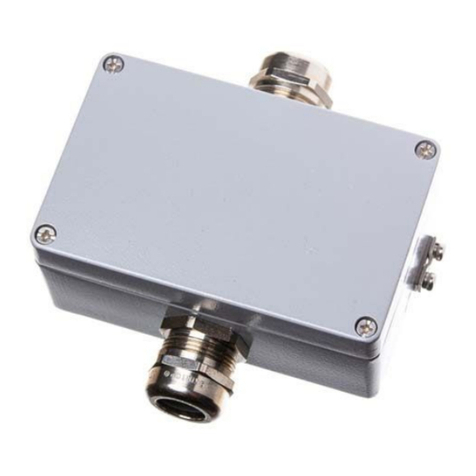
Evikon
Evikon PluraSens E2658 Series User manual

Evikon
Evikon E2660-CO-CO2 User manual

Evikon
Evikon PluraSens E2648-ETO User manual
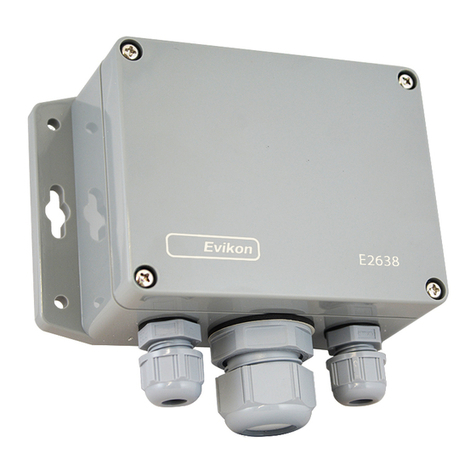
Evikon
Evikon E2638-H2S User manual
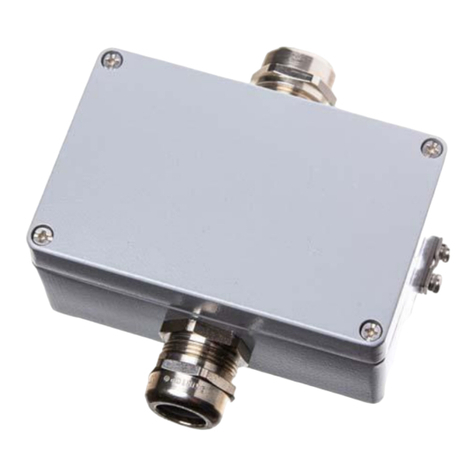
Evikon
Evikon PluraSens E2658-NH3-E User manual
Popular Transmitter manuals by other brands

Geo
Geo Web Pack quick start guide

Inovonics
Inovonics EchoStream EN1210W installation instructions

IKONNIK
IKONNIK KA-6 quick start guide

Rohde & Schwarz
Rohde & Schwarz SR8000 Series System manual

Audio Technica
Audio Technica UniPak ATW-T93 Installation and operation

NIVELCO
NIVELCO EasyTREK SCA-300 Series Programming manual
